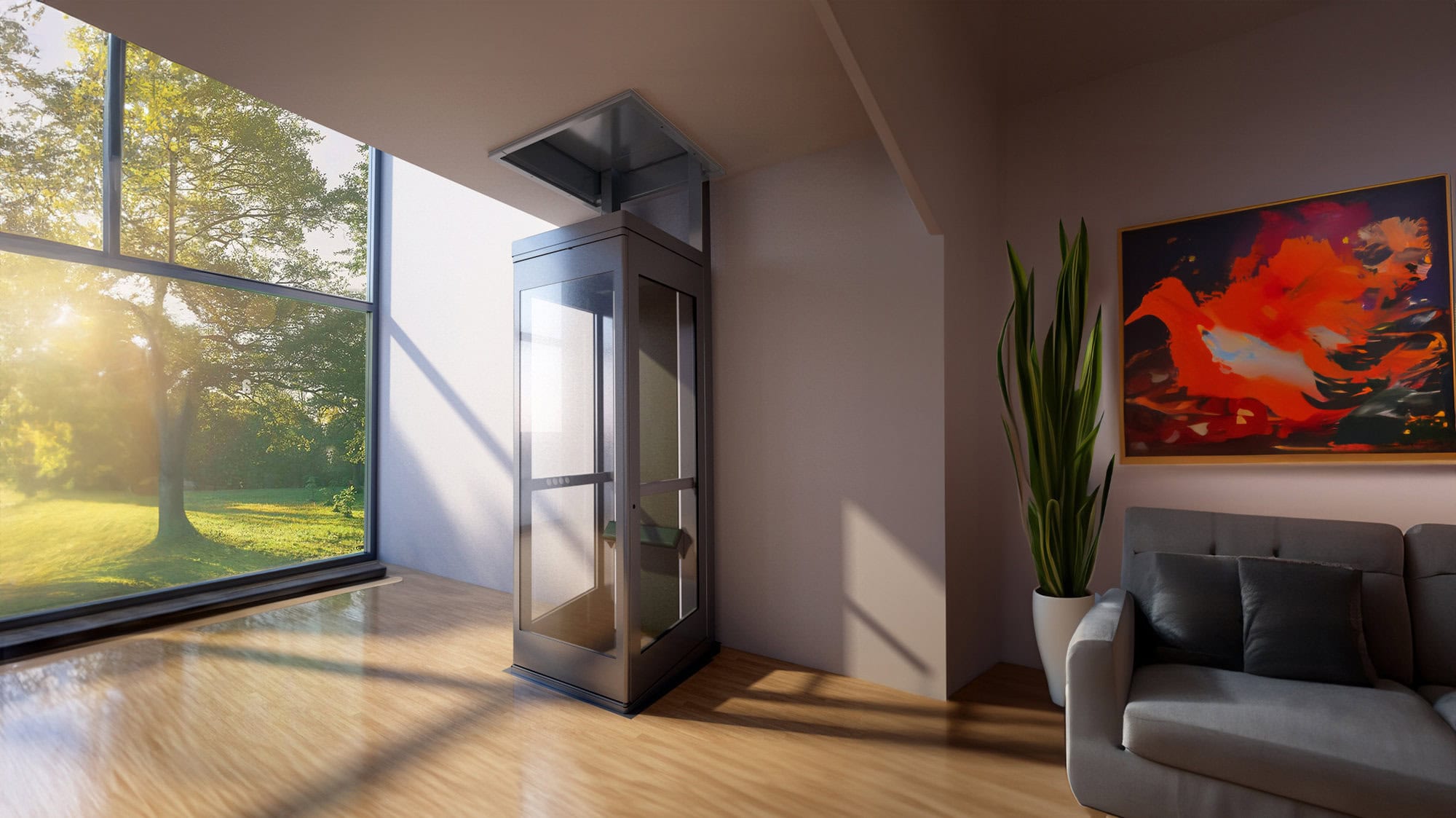Leading Lift Companies in London: Offering Quality Installations and Maintenance
Leading Lift Companies in London: Offering Quality Installations and Maintenance
Blog Article
Digging Into the Globe of Elevators: Common Issues Faced by Different Lift Systems
As we browse with the vertical transport systems of modern-day structures, lifts stand out as an important element of our day-to-day lives. Nevertheless, behind their smooth operation lies a world of intricate mechanisms that can often run into difficulties. From hydraulic lifts to grip systems and machine-room-less layouts, each lift type includes its collection of typical issues. Recognizing these difficulties is vital for making certain the smooth performance of these crucial systems. Allow's discover the intricacies that underlie the operation of elevators and the possible issues that can emerge, shedding light on the detailed web of lift mechanisms.
Hydraulic Elevators
Hydraulic lifts, often favored for low-rise buildings, utilize fluid stress to manage the activity of the elevator automobile (lift repair companies). This mechanism entails a hydraulic pump pushing oil into a cyndrical tube, triggering the elevator to relocate the preferred direction. While hydraulic lifts are known for their silent and smooth procedure, they do include their own set of common problems
One prevalent trouble with hydraulic elevators is oil leak. The seals in the hydraulic system can break over time, bring about oil infiltration. If left unaddressed, this not just develops a mess yet can also affect the elevator's efficiency. In addition, problems with the control system, such as faulty valves or a malfunctioning pump, can cause disturbances in the lift's motion.
Routine maintenance and punctual repairs are vital to guarantee the smooth functioning of hydraulic lifts. By attending to these usual issues proactively, structure proprietors can decrease downtime and make certain the security and efficiency of their vertical transportation system.
Traction Elevators
When considering vertical transportation systems in structures, another typical type besides hydraulic elevators is the grip elevator. Grip elevators operate utilizing a system of ropes and weights that move the lift vehicle by gripping onto the hoist ropes. This device permits smoother and faster vertical transport contrasted to hydraulic systems.
One of the typical concerns encountered by traction elevators is rope wear. The continuous motion of the ropes within the grip system can result in tear and wear gradually, possibly triggering the elevator to breakdown or become risky for usage. Regular assessments and upkeep of the ropes are necessary to make sure the lift's proper functioning and safety.
Another issue that traction lifts might run into is connected to the control system. Issues with the control system can lead to concerns such as irregular motion, hold-ups in feedback times, or perhaps complete shutdowns. Routine screening and maintenance of the control system are important to stop such problems and make certain the lift's dependability.
Machine-Room-Less (MRL) Elevators

Among the vital parts of MRL elevators is the compact gearless grip machine that is installed within the hoistway. This device effectively drives the lift automobile without the need for large equipment discovered in typical grip elevators. Furthermore, MRL lifts normally utilize a counterweight system to stabilize the auto, more improving their power effectiveness.
Despite their benefits, MRL elevators may deal with difficulties connected to repair and maintenance because of the constrained space for equipment setup. Accessibility for servicing parts within the shaft can be have a peek at this website restricted, needing specialized training for technicians. Appropriate upkeep timetables and normal inspections are important to guarantee the continued smooth procedure of MRL lifts.
Overloading and Weight Limitation Issues
Overloading and weight limitation issues are vital concerns in lift operations. Elevator producers layout raises with details weight capacities to ensure guest security and equipment durability.
When elevators are overwhelmed, it places extreme strain on the electric motor, wires, and various other components, potentially triggering break downs or breakdowns. If they discover excess weight, security mechanisms such as sensing units Going Here and overload sensors are in area to avoid elevators from moving. Furthermore, surpassing weight restrictions can lead to enhanced power intake and deterioration on the elevator system.
To alleviate overloading concerns, constructing supervisors ought to prominently show weight limits in elevators and educate owners on the relevance of adhering to these restrictions - lift repair companies. Regular upkeep checks by qualified service technicians can also help make sure that lifts are running within safe weight specifications. By resolving overloading and weight limitation problems proactively, building proprietors can enhance elevator security and efficiency
Electrical System Failures
Going beyond weight restrictions in elevators can not just lead to mechanical issues yet likewise possibly add to electrical system failures within the lift framework. Electric system failings are a vital concern in lift operation, as they can create unanticipated shutdowns, breakdowns, or even safety threats.
Normal upkeep and inspections are vital to recognize and address possible electrical issues promptly, making certain the risk-free and effective operation of elevator systems. By adhering to weight limitations and conducting routine electrical system checks, building owners can alleviate the risk of electric failings in lifts.
Verdict

Hydraulic lifts, frequently favored for low-rise buildings, use fluid stress to control the activity of the lift car.When thinking about vertical transportation systems in structures, one more common type aside from hydraulic elevators is the traction elevator. Grip lifts operate utilizing a system of ropes and counterweights that relocate the elevator car by grasping onto the hoist ropes. Unlike conventional lifts that call for a different equipment area to house the devices, MRL lifts integrate many of the parts within the shaft, removing the demand for a dedicated machine room.In final thought, lifts encounter common concerns such as hydraulic malfunctions, grip system failures, and electrical system issues.
Report this page